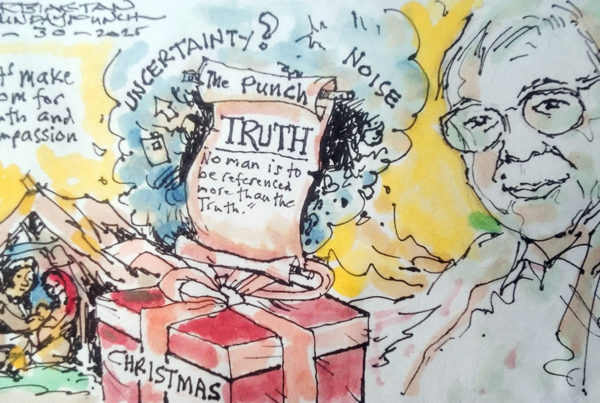Editorial
Are the drug syndicates back?
THE recent revelation of Philippine Drug Enforcement Agency’s Director-General Aaron Aquino that the agency already seized illegal drugs valued at P7-6-B is both a welcome news and yet an alarming indicator.
It means the drug syndicates operating in the country have not slowed down one bit and have been more aggressive than ever. The news becomes worrisome if related to the status of Pangasinan’s war on drugs.
Since the beginning of the year, the reported number of barangays and towns that have been drug-cleared have remained basically the same except for a few whose drug-cleared status have been withdrawn. Could this be true in the face of the reported aggressive distribution of the illegal drugs in the country?
We fear that the fixation with drug-cleared status or expected granting of such a status has already lulled many local police and barangays into laxity. In fact, the absence of a regular update on the drug war from the Pangasinan PNP and PDEA could be contributing to barangay kapitans’ lax monitoring.
The arrest of a drug pusher and drug den maintainer in Dagupan City two weeks ago could indicate a bigger problem in Pangasinan. How can anyone be so bold as to operate a drug den in the middle of a drug war in a major city? Figure that out.
P/Col. Redercio Maranan must assure Pangasinan that the drug syndicates have not spread their tentacles anew, breaking up families by re-launching an active monitoring of barangays in the province, and regularly update its scoreboard- withdrawal of drug-cleared status of barangays when warranted.
Importing rice is a must
WHAT’S wrong with importing rice? Nothing. Our country is roughly 30 million hectares but, sadly, only 9.7-M hectares are arable or “cultivatable,” according to the Philippine Statistics Authority (PSA). And, of that measly 37-percent total of agricultural land, other crops like corn, banana, coconut and sugarcane grapple for space against palay production. That naturally results to our rice harvest falling short of expectations practically every year.
In short, rice sufficiency will forever remain a utopia for us, especially now that our population has ballooned to a staggering 110M—and still growing. Rice being our staple food, importing it is a must. But that should not displace our farmers’ produce, which the government must first buy before ordering the precious grain from overseas. Filipino rice first, foreign rice second. Is that too hard to comprehend?









